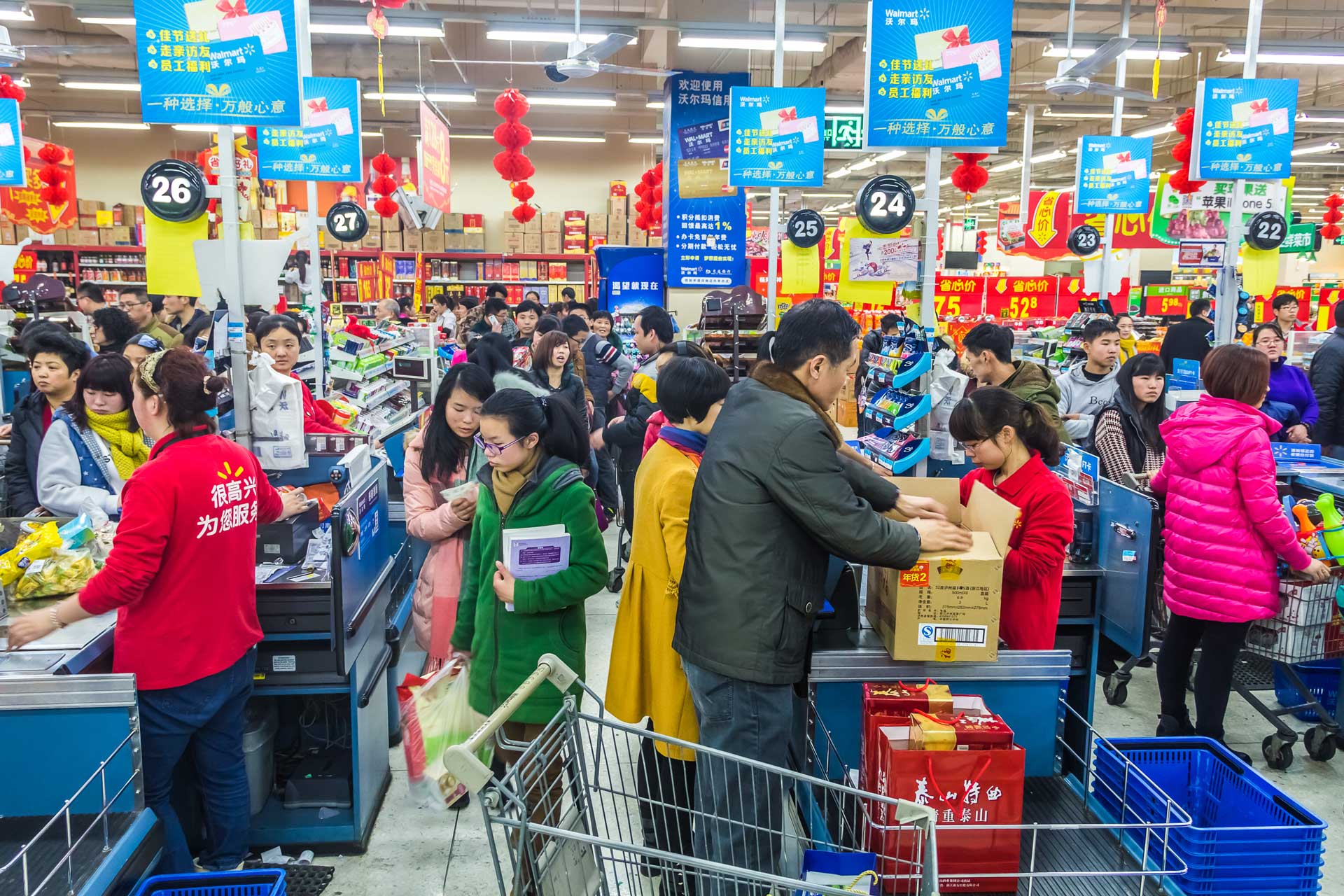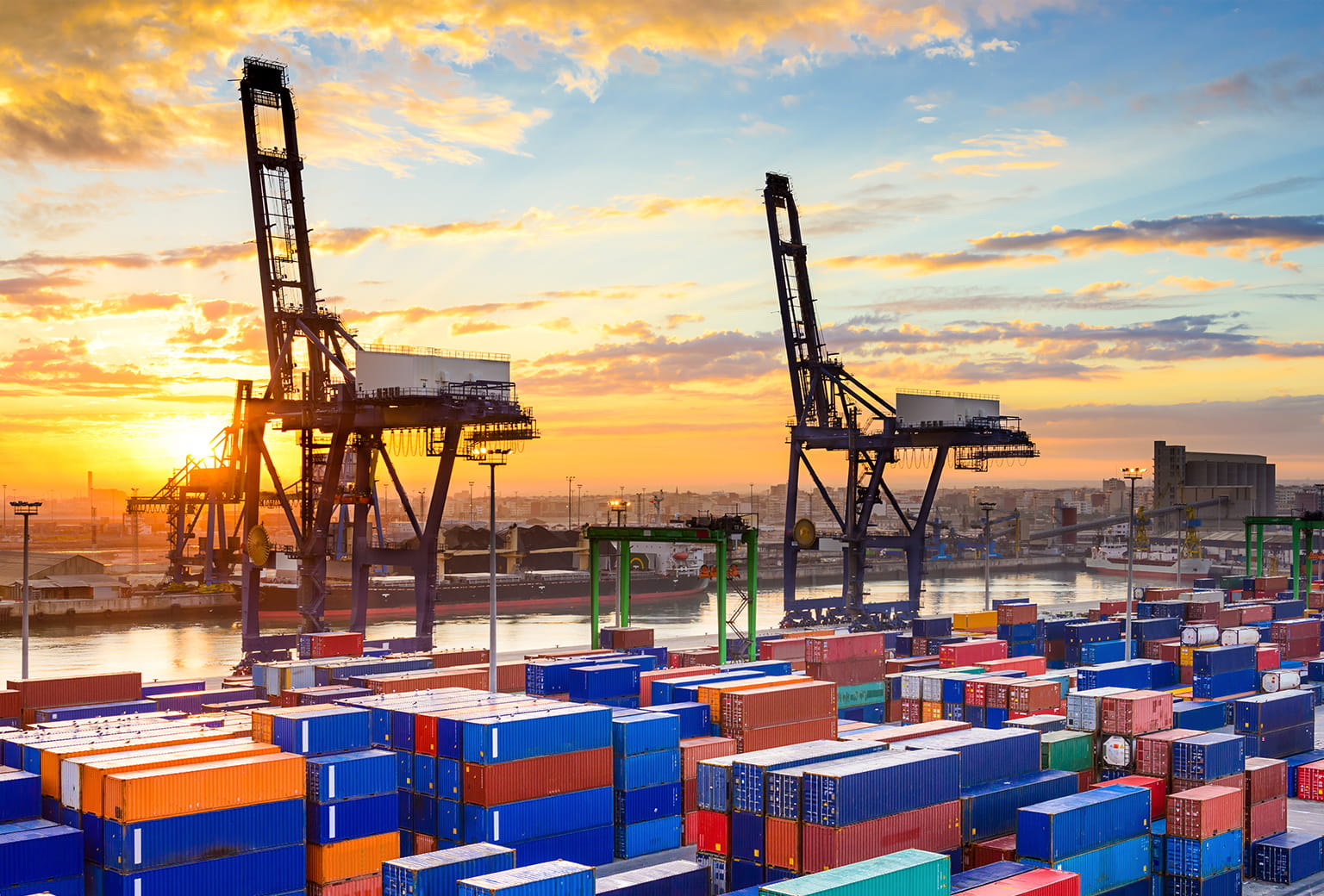Retail executives are growing increasingly confident in what’s being dubbed the “TACO trade.” After weeks of evolving trade policies, early negotiations, and ongoing court challenges, a new survey from consulting firm AlixPartners reveals a shift in sentiment among retail leaders.
The June 1 poll, which included executives from consumer brands, retail chains, and related industries, indicates that many believe President Donald Trump will eventually ease his reciprocal tariffs.
Specifically, respondents expect that the steep tariffs targeting the European Union, Vietnam, India, and Mexico will either be reduced or remain at the current pause level once the 90-day grace period ends in July.
Although Mexico wasn’t initially included in the reciprocal tariffs, the Trump administration’s additional levies have also led respondents to predict no major changes in that area.
Currently, a 10% tariff affects imports from these and numerous other countries, as the administration works to secure individual trade deals. The majority of executives surveyed expect this 10% duty to stay in place after negotiations conclude, rather than reverting to the more severe rates initially announced on April 2.
As a case in point, 53% of surveyed retail executives believe tariffs on Vietnamese imports will remain at 10%, rather than rising to the potentially damaging 46% rate that has been under consideration. This is particularly relevant to companies like Nike, which rely heavily on Vietnamese manufacturing.
For many retailers, Vietnam represents the next key production hub beyond China, making negotiations between Hanoi and Washington critical. These talks have been closely monitored by executives who have expressed increasing concern in recent months.
In the aftermath of Trump’s announcement—and subsequent rollback—of aggressive reciprocal tariffs, apprehension among executives surged. Many anticipated that final rates could end up much higher than 10%, according to Sonia Lapinsky, a partner and managing director at AlixPartners, citing ongoing conversations with retail leaders.
However, as June approached, optimism began to take hold, as indicated by the survey’s findings.
One factor influencing this outlook was the breakthrough in U.S.-China trade talks. Additionally, just before the survey was conducted, the U.S. Court of International Trade ruled that President Trump lacked the authority to enforce the April 2 tariffs.

Though this decision is currently stayed pending appeal by the administration, it sent a signal to many in the industry that the broader tariff framework could be in jeopardy.
“[Trump] is showing that he wants to make a deal, and that took a lot of effort for him to go and get that done at that stage. If we remember, even trying to get a meeting was very difficult for both sides to get done and yet they got progress made,” Lapinsky said.
“I think the fact that there was some pushback that has since been retracted on allowing the tariffs to go through, I think could make some people feel more confident that potentially that could happen again.”
Shortly after the survey, Trump reached a preliminary deal with China to implement a 30% tariff on imports—significantly lower than the previous 145% rate.
The acronym stands for “Trump Always Chickens Out,” referencing a pattern in which Trump threatens aggressive tariffs but later eases or delays them following market backlash. When questioned about the term last month, Trump rejected the implication. “It’s called negotiation,” he said.
Still, Lapinsky warned that the renewed optimism in the retail sector may be premature.
“We can see that China could be at status quo, because there’s been such discussion about the deal making back and forth and the priorities of both countries to get something to work eventually, but these other countries don’t have the leverage that China has,” Lapinsky explained.
“Whether they’re going to be able to negotiate keeping down a similar deal or not to me remains very unknown,” she added. “I wouldn’t have expected that many retailers to say they thought it was going to stay status quo.”
While many survey participants anticipate the 10% tariff will continue for most regions outside of China, companies are preparing for multiple outcomes, Lapinsky said.
For instance, 46% of respondents expect the tariff on Indian imports to stay at 10%, instead of escalating to the proposed 26%. Meanwhile, 29% are developing contingency plans for both possibilities—one in which tariffs remain the same and another in which they rise.

